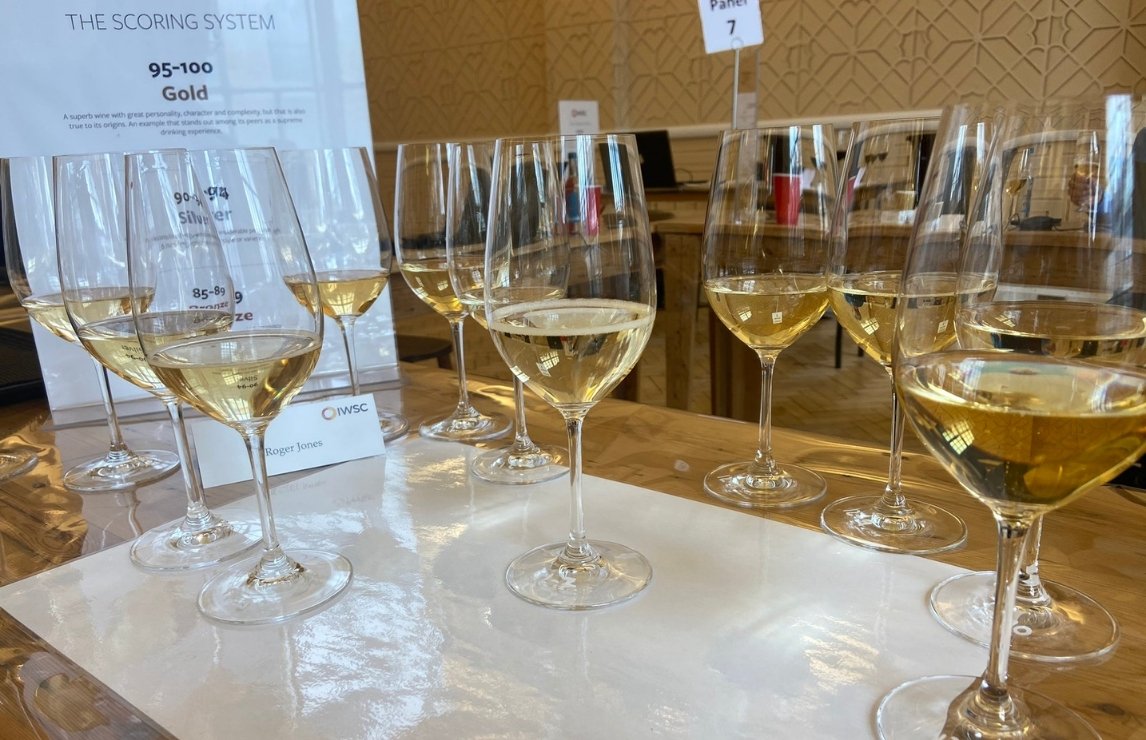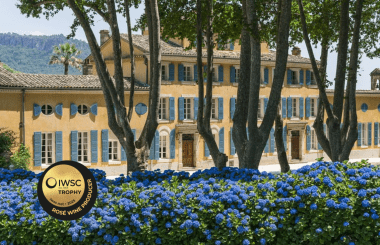IWSC judging blog: What to expect from the Northern Hemisphere wine results
Asia
This year our judges were astounded by the high-quality wines coming from Asia that were showing real refinement of style. The reds surprised our judges for their lighter style with a touch of oak, but still ensuring the purity of fruit shone through. Another category that impressed our judges were the rosés from Asia, they showed a real growth in sophistication. The Cabernet Francs demonstrated very good wines for their quality and in establishing their own identity, in both the reds and rosés, the judges thought that the unoaked styles were very interesting.
China
Focusing on China, our judges praised the Cabernet Sauvignon wines they tasted, they exclaimed that they were “deliciously enticing”. The grape variety showed real complexity and balance of fruitiness and freshness from the acidity. Another standout grape variety tasted was the Chinese Shiraz, which showed great varietal typicity. Also, the Chardonnays from China had great texture and demonstrated elegant styles. Finally, our judges ended the day with a flight of Chinese sweet wines. The Vidal variety tasted were of varying styles, showing the delicacy of the producers’ winemaking skills. The wines had great concentration of fruit coming through on the palate, balanced by the crisp acidity.
Japan
From Japan, the judges praised the Muscat Bailey A wines, the modern styles were described as “delicious”. The wines showed great richness and creamy oak notes. Also performing well were the Japanese Charonnays, their floral and fruity characteristics were highlighted by the judges, as well as the gentle use of oak. It was the Koshu wines that stole the show for Japan this year, the judges were impressed with how strong the entries were, they showed exceptional examples of the native grape variety, including some very well-made oaked styles.
Turkey
It was the indigenous varieties from Turkey that really stood out for our judges this year, namely Boğazkere, the judges were impressed by the concentration and texture of the wines. Our experts were encouraged to see Turkey really championing its native varieties, noting that export markets will greatly appreciate the confidence in the winemakers’ touch that is demonstrated through these wines.
Georgia
Georgia is a country that continues to do very well at the IWSC, the panels were impressed by the amber wines they tasted from the Kakheti region. The judges praised the good structural acidity and well-balanced tannins. The judges highlighted the classic Georgian red wines, from the Saperavi grape variety, for their amazing quality and intensity.
Hungary
Our judges were blown away by the complexity of the Furmint wines they tasted. The texture of the dry whites were great examples from Hungary with some of the wines showing some potential for ageing. Finishing off the Hungarian flights, our judges were treated to the delights of the Tokaji wines, they showed great typicity.
Croatia
Croatia put forward some promising dry white wines, leading our judges to attest that the country is responsible for producing wines of great quality, character and texture, with some to rival great Burgundian whites.
Lebanon
Lebanon wines continue to do really well in the UK market, thanks to the efforts of some great producers. Our judges were impressed by the high-altitude wines they tasted from the Bekaa Valley; they praised the wines as being of such a distinctive style. It was also great for our experts to see the number of producers who are making fantastic wines with both Lebanon’s native varieties but also with the classic French varieties.
Read more: Winemakers in England and France set to win big in 2021



